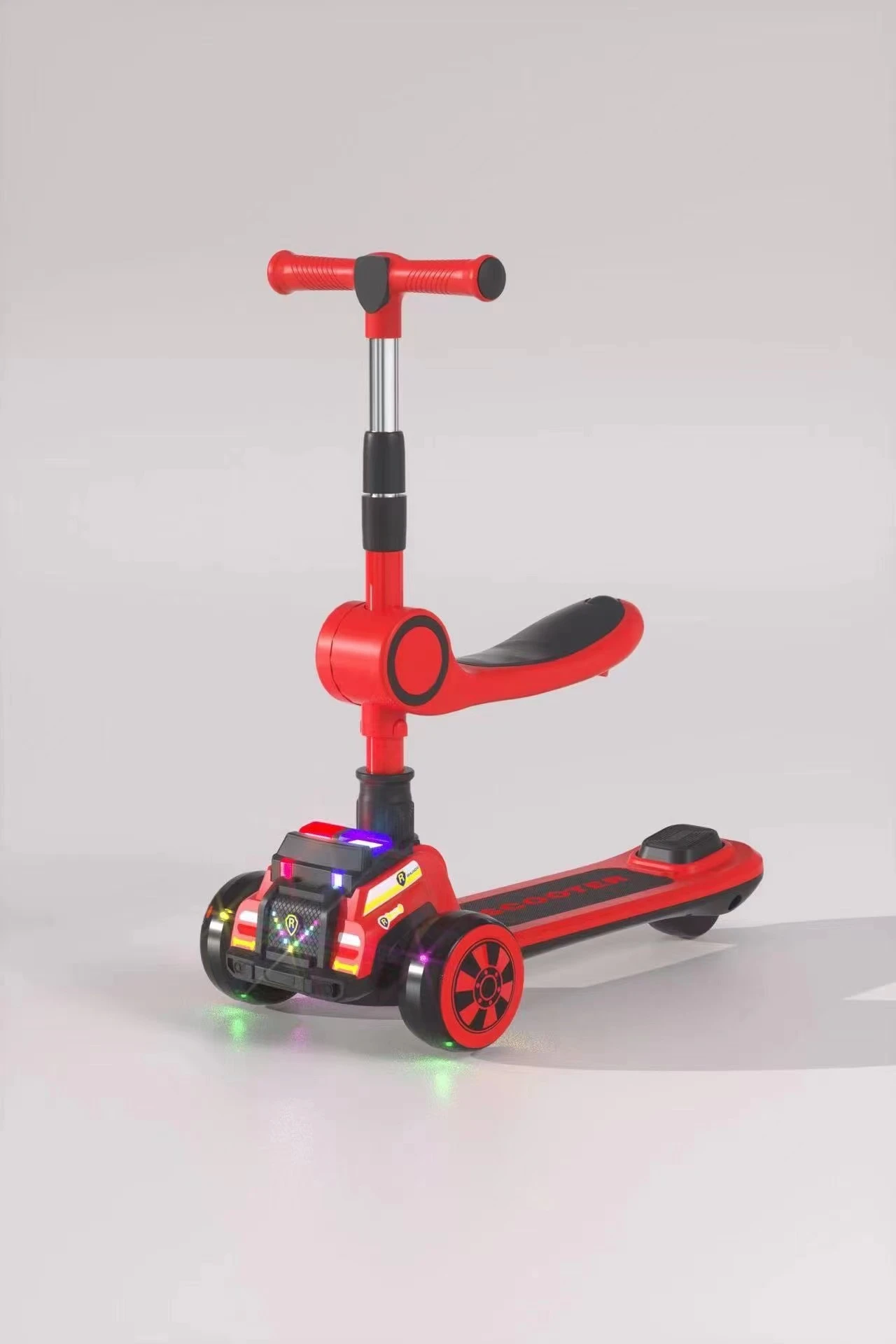Tips for Choosing the Right Mountain Bike for Your Adventure Needs
How to Pick a Mountain Bike A Comprehensive Guide
Choosing the right mountain bike can significantly enhance your riding experience, whether you're a novice looking to tackle your first trail or an experienced rider seeking to elevate your performance. With numerous options on the market, picking the perfect mountain bike can feel overwhelming. Here’s a comprehensive guide to help you make an informed decision.
1. Determine Your Riding Style
Before you start looking at specific bikes, you need to define your riding style. Mountain biking can be divided into several categories, including cross-country (XC), trail, all-mountain, downhill, and fat biking. Each category is designed for different terrains and riding experiences
- Cross-Country (XC) These bikes are lightweight and efficient, ideal for climbing hills and covering long distances. They usually feature a more vertical riding position and come equipped with narrower tires. - Trail Bikes Versatile and capable, trail bikes are suitable for a mix of climbing and descending. They generally offer more suspension travel than XC bikes, making them better for handling rough terrain.
- All-Mountain Bikes As the name suggests, these bikes are designed for diverse terrains, excelling in both climbs and descents. They offer a balance of stability and agility, making them suitable for advanced riders.
- Downhill Bikes Specifically built for steep descents and tough terrain, downhill bikes feature robust frames and significant suspension travel. However, they are not suited for climbing and are typically used on trails with lifts.
- Fat Bikes These bikes have oversized tires that provide excellent traction on loose surfaces, like snow or sand. They are perfect for adventurous riders looking to explore all conditions.
2. Frame Material Matters
The frame material significantly impacts the bike's weight, durability, and price. Common materials include
- Aluminum Lightweight and cost-effective, aluminum frames are popular for their balance of performance and value. - Carbon Fiber Offering superior strength-to-weight ratios, carbon frames are lightweight but can be more expensive. They provide excellent shock absorption but require careful handling.
- Steel Known for its durability and comfort, steel frames provide a smooth ride. However, they are heavier compared to aluminum or carbon options.
how to pick a mountain bike

3. Suspension Types
Understanding suspension is crucial when selecting a mountain bike
- Hardtail These bikes have front suspension but no rear suspension. They are typically lighter, more affordable, and require less maintenance, making them a great choice for beginners or XC riders.
- Full Suspension These bikes have both front and rear suspension, providing enhanced comfort and control on rough trails. They tend to be pricier and weigh more but are ideal for aggressive trail riding.
4. Size and Fit
Getting the right size bike is essential for comfort and control. Mountain bikes are typically measured by frame size (small, medium, large). Most manufacturers provide sizing charts based on your height and inseam length. It's highly recommended to test ride several bikes to determine which size feels best for you, ensuring your body is in a natural position while riding.
5. Components and Gearing
Quality components can enhance your biking experience. Look for reliable brakes (disc brakes are standard for mountain bikes for better performance), smooth-shifting gears, and comfortable grips. The number of gears can affect your climbing ability and overall efficiency on various terrains. Generally, more gears offer greater versatility but can be more complex.
6. Budgeting
Lastly, establish a budget before you start shopping. Mountain bikes can range from a few hundred to several thousand dollars. Determine what features are most important for your needs and try to find a balance of quality and affordability. Remember, sometimes an investment in a good bike pays off in performance and durability.
Conclusion
Choosing the right mountain bike involves considering your riding style, frame material, suspension type, fit, components, and budget. Taking these factors into account will guide you in selecting a bike that enhances your adventure on the trails. Remember to try before you buy and enjoy the ride!
-
kids-scooter-tiny-olympic-games-scooterathlonNewsAug.22,2025
-
kids-scooter-waves-xingtai-zhongzhous-global-rippleNewsAug.22,2025
-
baby-tricycle-oem-legacy-zhongzhou-forgedNewsAug.22,2025
-
xingtais-twin-tricycle-revolution-siblings-ride-togetherNewsAug.22,2025
-
baby-tricycle-design-inspired-by-ancient-armorNewsAug.22,2025
-
nfc-chip-enabled-oem-baby-tricycle-trackingNewsAug.22,2025
-
The Perfect Baby TricycleNewsAug.11,2025








